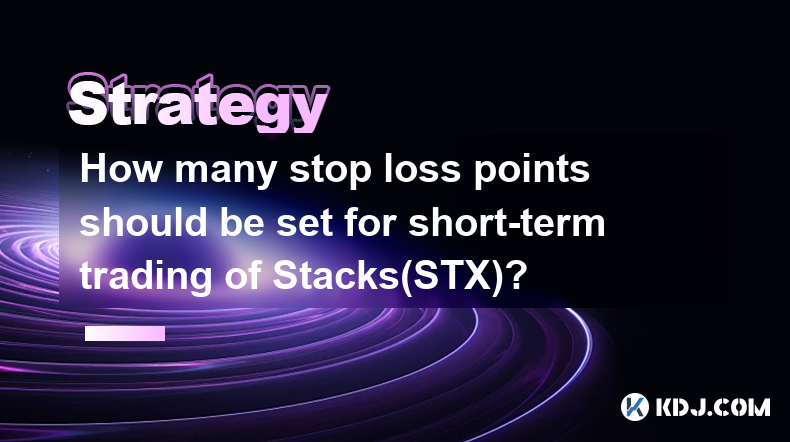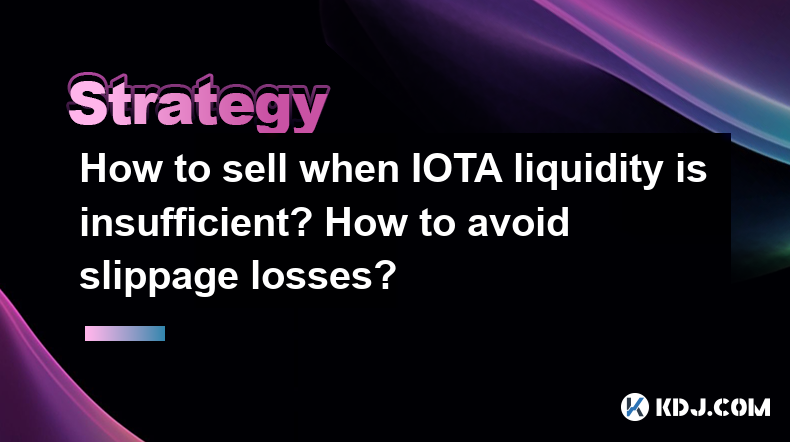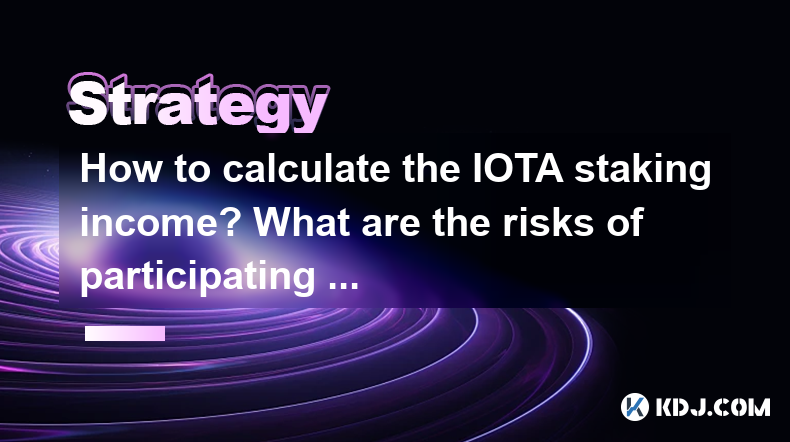-
 Bitcoin
Bitcoin $95,162.6929
0.61% -
 Ethereum
Ethereum $1,818.4949
1.21% -
 Tether USDt
Tether USDt $1.0000
-0.02% -
 XRP
XRP $2.2084
-0.63% -
 BNB
BNB $601.4135
-0.13% -
 Solana
Solana $150.8510
2.92% -
 USDC
USDC $1.0002
0.01% -
 Dogecoin
Dogecoin $0.1762
1.25% -
 Cardano
Cardano $0.6964
0.25% -
 TRON
TRON $0.2486
1.84% -
 Sui
Sui $3.5006
-1.09% -
 Chainlink
Chainlink $14.8412
2.42% -
 Avalanche
Avalanche $21.3330
-0.98% -
 Stellar
Stellar $0.2734
-1.00% -
 UNUS SED LEO
UNUS SED LEO $8.9492
-1.03% -
 Shiba Inu
Shiba Inu $0.0...01337
0.32% -
 Toncoin
Toncoin $3.1534
-2.16% -
 Hedera
Hedera $0.1839
-0.64% -
 Bitcoin Cash
Bitcoin Cash $365.4461
0.22% -
 Hyperliquid
Hyperliquid $19.9827
8.41% -
 Polkadot
Polkadot $4.1381
1.18% -
 Litecoin
Litecoin $85.4702
0.79% -
 Dai
Dai $1.0000
0.00% -
 Monero
Monero $276.5129
-0.07% -
 Bitget Token
Bitget Token $4.3578
-0.65% -
 Ethena USDe
Ethena USDe $1.0001
0.05% -
 Pi
Pi $0.6120
5.78% -
 Pepe
Pepe $0.0...08885
0.54% -
 Aptos
Aptos $5.4176
0.74% -
 Uniswap
Uniswap $5.2907
0.01%
How many stop loss points should be set for short-term trading of Stacks(STX)?
For short-term trading of STacks (STX), set stop loss points between 2% and 5% below the purchase price, considering STX's volatility and market conditions.
May 01, 2025 at 08:49 am

How many stop loss points should be set for short-term trading of Stacks(STX)?
When engaging in short-term trading of Stacks (STX), determining the appropriate number of stop loss points is crucial for managing risk and maximizing potential returns. Stop losses are essential tools that help traders minimize losses by automatically selling an asset when its price falls to a certain level. For STX, a cryptocurrency that can experience significant volatility, setting the right stop loss points is even more important. This article will explore various strategies and considerations for setting stop loss points specifically for short-term trading of STX.
h3Understanding Volatility and Market Conditions
Before setting stop loss points, it's essential to understand the volatility of STX. Volatility refers to the degree of variation in the trading price of STX over time. High volatility can lead to larger price swings, making it more challenging to set effective stop loss points. Traders should monitor the market conditions and historical price data of STX to gauge its volatility. For instance, if STX has recently experienced significant fluctuations, setting tighter stop loss points may be necessary to protect against sudden downturns.
h3Setting Stop Loss Points Based on Technical Analysis
Technical analysis can be a valuable tool for setting stop loss points. Traders often use support and resistance levels to determine where to place their stop losses. For STX, identifying key support levels can help set stop loss points that are just below these levels, minimizing the risk of being stopped out due to minor price fluctuations. Additionally, moving averages and Bollinger Bands can provide insights into potential price movements, allowing traders to set more informed stop loss points. For example, if STX is trading above its 50-day moving average, a stop loss could be set just below this average to protect against a potential reversal.
h3Percentage-Based Stop Losses
Another common method for setting stop loss points is using percentage-based stop losses. This approach involves setting a stop loss at a certain percentage below the purchase price. For short-term trading of STX, a common range for percentage-based stop losses is between 2% and 5%. The exact percentage depends on the trader's risk tolerance and the volatility of STX at the time of trading. For instance, if STX is particularly volatile, a trader might opt for a tighter stop loss of 2% to limit potential losses, whereas in a less volatile period, a 5% stop loss might be more appropriate.
h3Volatility-Based Stop Losses
For traders who want to account for the specific volatility of STX, volatility-based stop losses can be an effective strategy. This method involves calculating the average true range (ATR) of STX over a certain period and setting the stop loss at a multiple of this range. For example, if the ATR of STX over the past 14 days is 0.5%, a trader might set a stop loss at 1.5 times the ATR, or 0.75%. This approach ensures that the stop loss is adjusted according to the current volatility of STX, providing a more dynamic risk management tool.
h3Implementing Stop Losses on Trading Platforms
Setting stop loss points for STX requires familiarity with the trading platform being used. Here are the steps to implement stop losses on a typical trading platform:
- Log into your trading account and navigate to the STX trading page.
- Select the STX trading pair you are interested in (e.g., STX/USD).
- Enter your trade by specifying the amount of STX you wish to buy and the price at which you want to buy it.
- Set the stop loss by entering the price at which you want the trade to be automatically closed if the price of STX falls to that level. This can usually be done in the order entry section of the trading platform.
- Review your order to ensure that the stop loss is set correctly, then submit the order.
It's important to regularly monitor and adjust your stop loss points as the market conditions and the price of STX change. This ensures that your stop losses remain effective in managing your risk.
h3Psychological Considerations and Risk Management
Setting stop loss points is not just about technical analysis and market conditions; it also involves psychological considerations. Traders must be comfortable with the level of risk they are taking on, and setting stop losses too tight can lead to frequent stop-outs, causing frustration and potentially leading to poor trading decisions. Conversely, setting stop losses too wide can result in larger losses if the market moves against the trader. Balancing these psychological factors with technical analysis is key to effective stop loss management for STX.
In addition to setting stop loss points, traders should also consider position sizing and diversification as part of their overall risk management strategy. Position sizing involves determining the amount of capital to allocate to each trade, while diversification involves spreading investments across different assets to reduce risk. For short-term trading of STX, these strategies can help mitigate the impact of any single trade on the overall portfolio.
Frequently Asked Questions
Q: Can stop loss points be adjusted after they are set?
A: Yes, stop loss points can and should be adjusted as market conditions change. It's important to regularly review and update your stop loss points to ensure they remain effective in managing your risk.
Q: How does the liquidity of STX affect stop loss points?
A: The liquidity of STX can impact the effectiveness of stop loss points. In a less liquid market, there may be larger spreads between the bid and ask prices, which can lead to slippage and potentially result in stop losses being executed at less favorable prices.
Q: Is it better to use trailing stop losses for STX?
A: Trailing stop losses can be an effective strategy for STX, as they allow traders to lock in profits while still protecting against potential downturns. However, the effectiveness of trailing stop losses depends on the trader's specific strategy and the volatility of STX at the time of trading.
Q: How does the time of day affect setting stop loss points for STX?
A: The time of day can impact the volatility of STX, particularly during peak trading hours. Traders may need to adjust their stop loss points accordingly, setting tighter stops during periods of high volatility and wider stops during quieter trading periods.
Disclaimer:info@kdj.com
The information provided is not trading advice. kdj.com does not assume any responsibility for any investments made based on the information provided in this article. Cryptocurrencies are highly volatile and it is highly recommended that you invest with caution after thorough research!
If you believe that the content used on this website infringes your copyright, please contact us immediately (info@kdj.com) and we will delete it promptly.
- Amid the contraction of the American economy, bitcoin could paradoxically benefit from it
- 2025-05-01 17:25:12
- Worldcoin WLD/USD Launches in the U.S., Promises New Orb Mini Device and Visa Debit Card
- 2025-05-01 17:25:12
- Bitcoin HODLer Whales Have Broken Their Silence Recently
- 2025-05-01 17:20:14
- Bitcoin Mining May Hold The Key
- 2025-05-01 17:20:14
- RCO Finance (RCOF) Attracts XRP Whales with $7.5M Investment From a Crypto Institutional Investor
- 2025-05-01 17:15:12
- Ripple Rejected Circle's Offer to Acquire the Prominent Stablecoin Issuer, Bloomberg Reports
- 2025-05-01 17:15:12
Related knowledge

What to do after the IOTA crash? Is it wiser to buy at the bottom or stop loss?
May 01,2025 at 08:43am
After experiencing a significant crash in the value of IOTA, investors and traders are often left wondering about the best course of action. The decision to buy at the bottom or implement a stop loss can be pivotal, and understanding the nuances of each strategy is essential for making informed decisions. This article delves into the various approaches ...

Is the IOTA trading robot easy to use? How to set up an automated strategy?
Apr 30,2025 at 09:21pm
Is the IOTA trading robot easy to use? How to set up an automated strategy? The world of cryptocurrency trading has seen significant advancements in automation, and one such tool is the IOTA trading robot. Many traders are curious about the ease of use of these robots and how to set up an automated strategy. This article will delve into these topics, pr...

How to sell when IOTA liquidity is insufficient? How to avoid slippage losses?
Apr 30,2025 at 05:21pm
Understanding IOTA LiquidityWhen dealing with cryptocurrencies like IOTA, liquidity refers to how easily you can buy or sell the asset without affecting its market price significantly. Insufficient liquidity in IOTA can lead to challenges such as slippage, where the price at which your order is executed differs from the price you expected. This article ...

How to calculate the IOTA staking income? What are the risks of participating in staking?
Apr 30,2025 at 10:01pm
Introduction to IOTA StakingIOTA is a distributed ledger technology that enables feeless microtransactions and data integrity for the Internet of Things (IoT). Recently, IOTA introduced staking, allowing users to participate in network validation and earn rewards. Understanding how to calculate your potential income from IOTA staking and the associated ...

How to identify false breakthroughs in IOTA? What are the tips to avoid chasing ups and downs?
May 01,2025 at 08:15am
In the volatile world of cryptocurrencies, IOTA, like other digital assets, is prone to false breakthroughs that can mislead investors. Identifying these false signals and avoiding the pitfalls of chasing ups and downs are critical skills for any investor. This article will delve into the strategies to spot false breakthroughs in IOTA and provide tips t...

What are the skills for position management in FORM? How to dynamically adjust the position ratio?
Apr 30,2025 at 10:56pm
Introduction to Position Management in FORMPosition management is a crucial aspect of trading, especially in the volatile world of cryptocurrencies. In the context of FORM, a popular decentralized finance (DeFi) platform, effective position management can significantly enhance your trading performance. This article will delve into the skills required fo...

What to do after the IOTA crash? Is it wiser to buy at the bottom or stop loss?
May 01,2025 at 08:43am
After experiencing a significant crash in the value of IOTA, investors and traders are often left wondering about the best course of action. The decision to buy at the bottom or implement a stop loss can be pivotal, and understanding the nuances of each strategy is essential for making informed decisions. This article delves into the various approaches ...

Is the IOTA trading robot easy to use? How to set up an automated strategy?
Apr 30,2025 at 09:21pm
Is the IOTA trading robot easy to use? How to set up an automated strategy? The world of cryptocurrency trading has seen significant advancements in automation, and one such tool is the IOTA trading robot. Many traders are curious about the ease of use of these robots and how to set up an automated strategy. This article will delve into these topics, pr...

How to sell when IOTA liquidity is insufficient? How to avoid slippage losses?
Apr 30,2025 at 05:21pm
Understanding IOTA LiquidityWhen dealing with cryptocurrencies like IOTA, liquidity refers to how easily you can buy or sell the asset without affecting its market price significantly. Insufficient liquidity in IOTA can lead to challenges such as slippage, where the price at which your order is executed differs from the price you expected. This article ...

How to calculate the IOTA staking income? What are the risks of participating in staking?
Apr 30,2025 at 10:01pm
Introduction to IOTA StakingIOTA is a distributed ledger technology that enables feeless microtransactions and data integrity for the Internet of Things (IoT). Recently, IOTA introduced staking, allowing users to participate in network validation and earn rewards. Understanding how to calculate your potential income from IOTA staking and the associated ...

How to identify false breakthroughs in IOTA? What are the tips to avoid chasing ups and downs?
May 01,2025 at 08:15am
In the volatile world of cryptocurrencies, IOTA, like other digital assets, is prone to false breakthroughs that can mislead investors. Identifying these false signals and avoiding the pitfalls of chasing ups and downs are critical skills for any investor. This article will delve into the strategies to spot false breakthroughs in IOTA and provide tips t...

What are the skills for position management in FORM? How to dynamically adjust the position ratio?
Apr 30,2025 at 10:56pm
Introduction to Position Management in FORMPosition management is a crucial aspect of trading, especially in the volatile world of cryptocurrencies. In the context of FORM, a popular decentralized finance (DeFi) platform, effective position management can significantly enhance your trading performance. This article will delve into the skills required fo...
See all articles




















































































